
Promoting a culture of continuous improvement is essential for maintaining high efficiency and adaptability in maintenance works.
Here are specific steps and strategies to foster this culture:
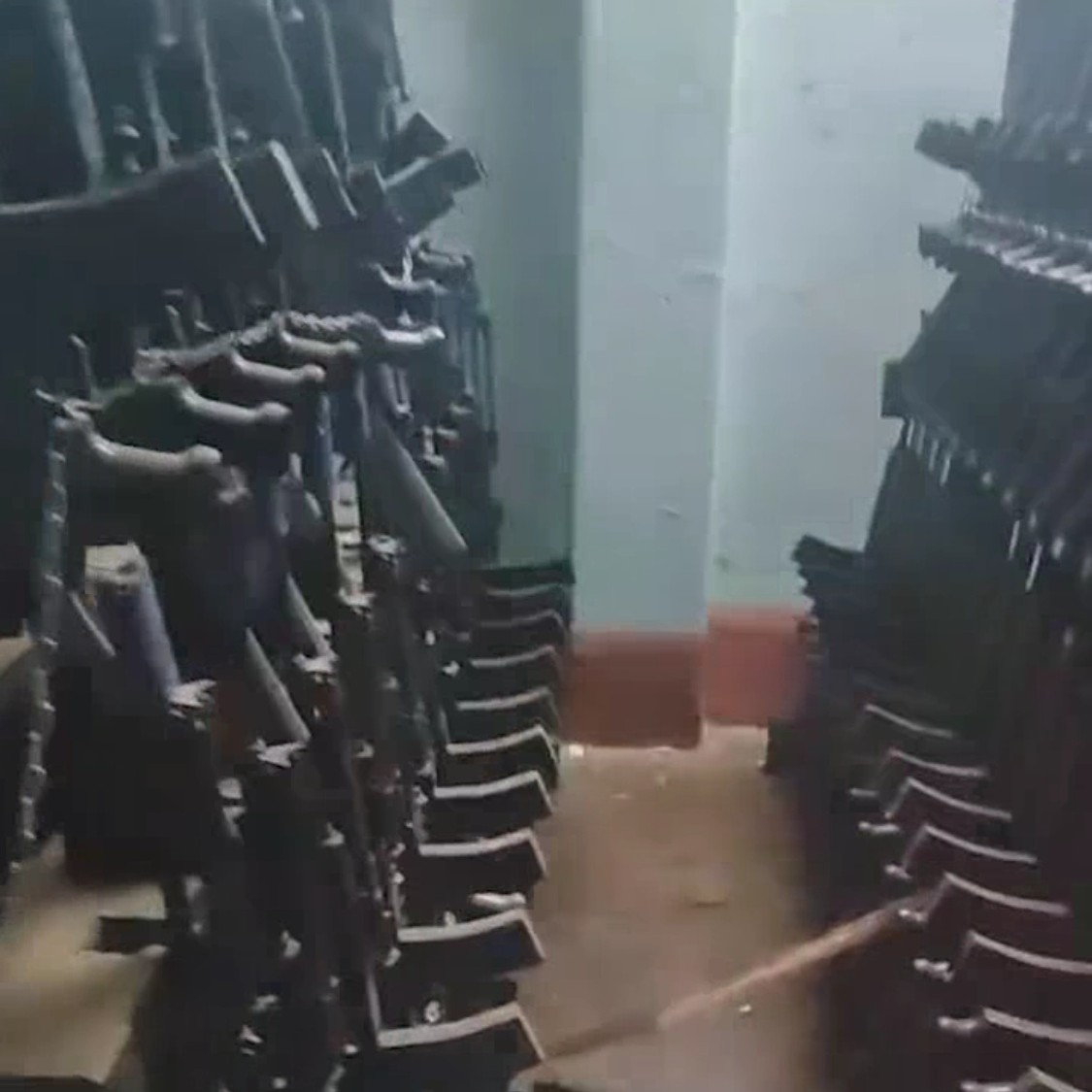
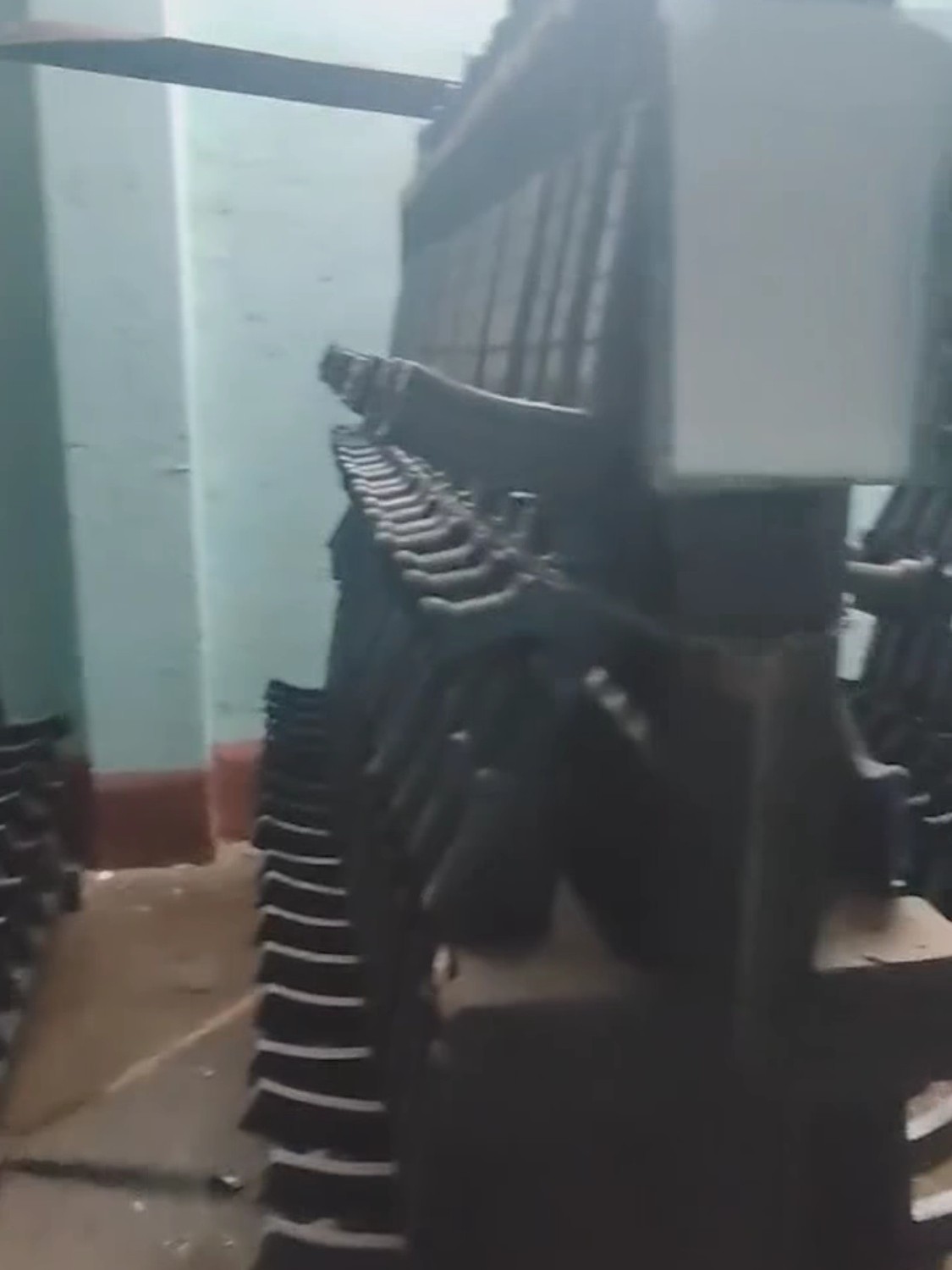
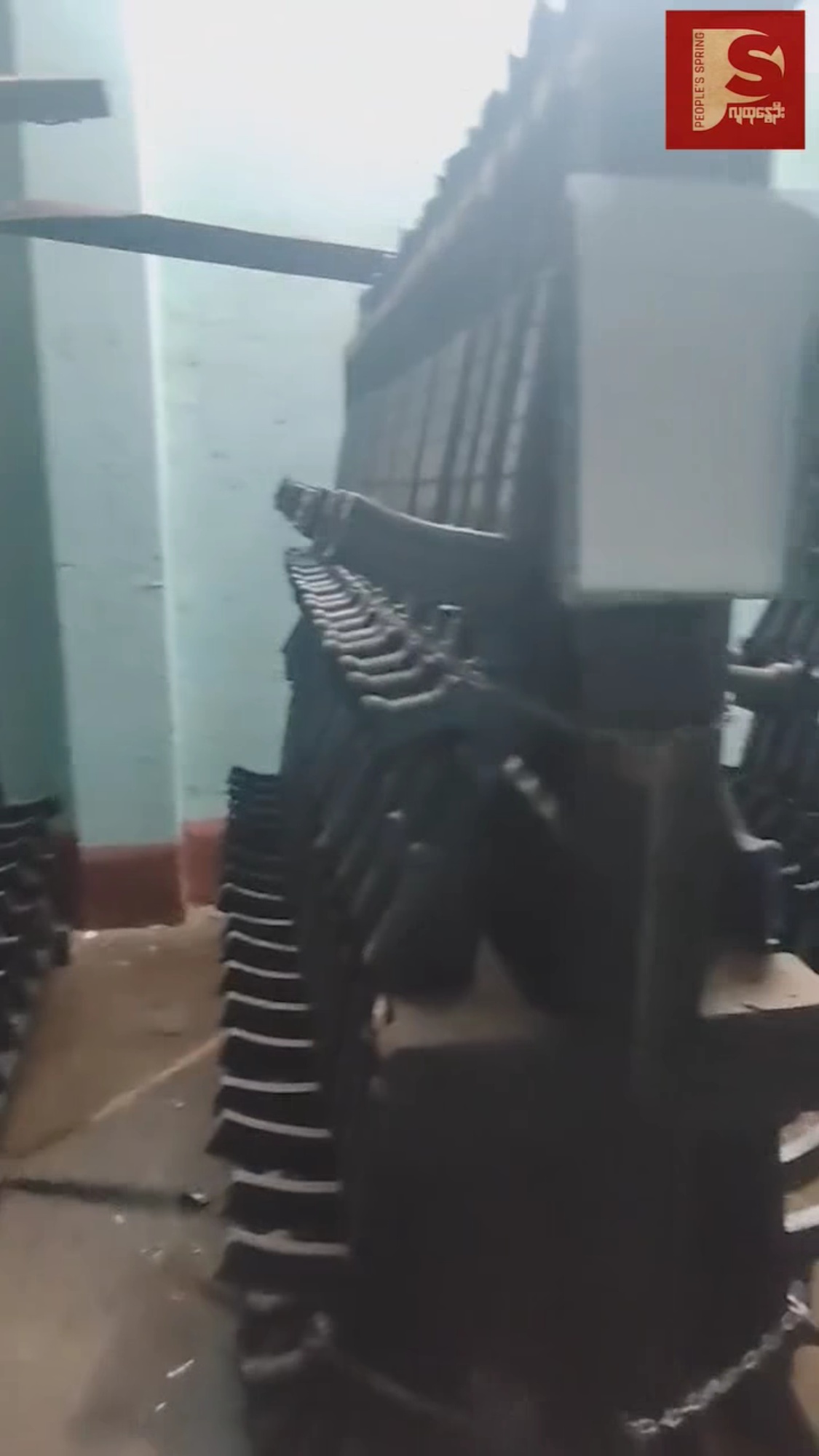
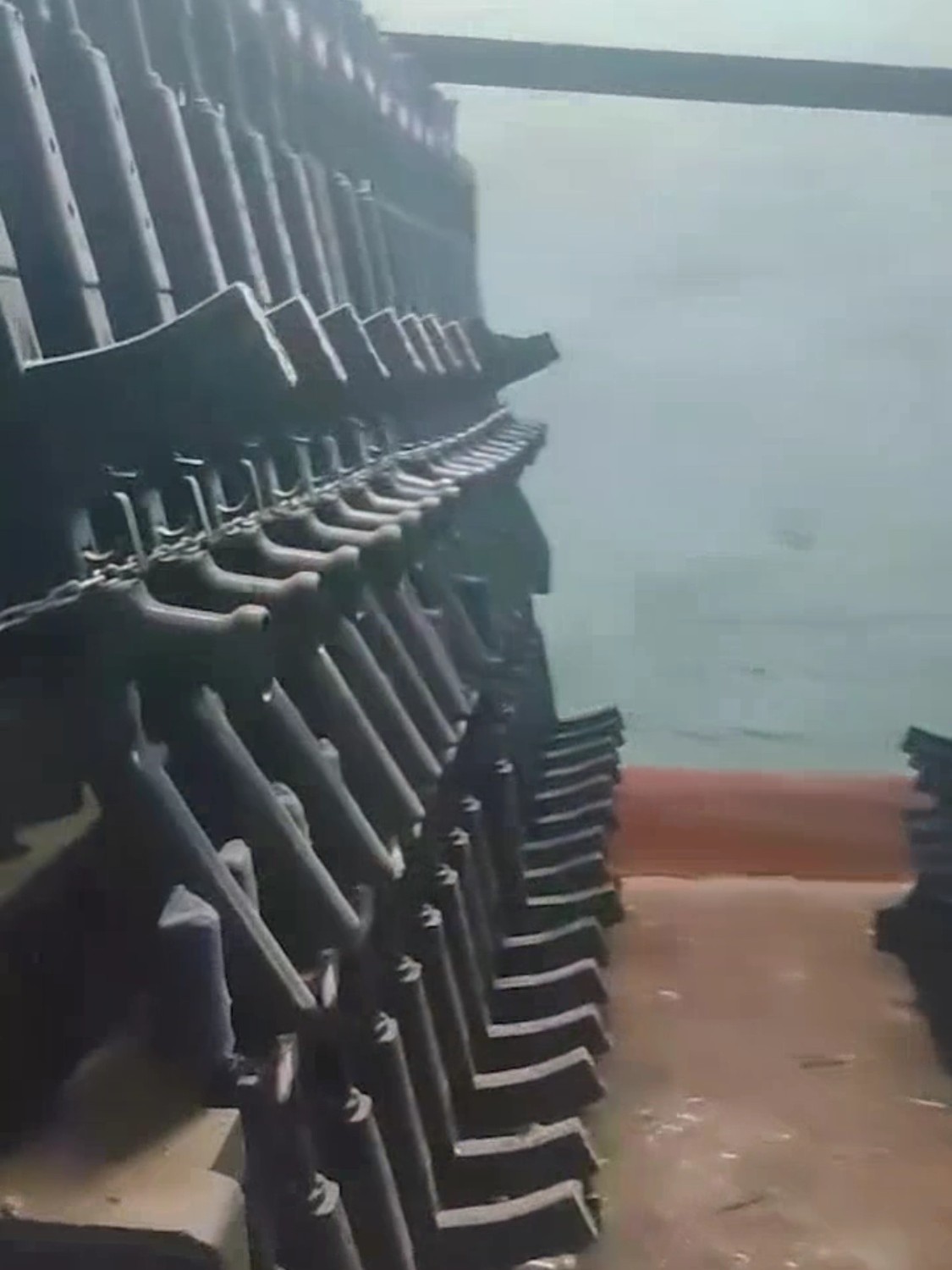
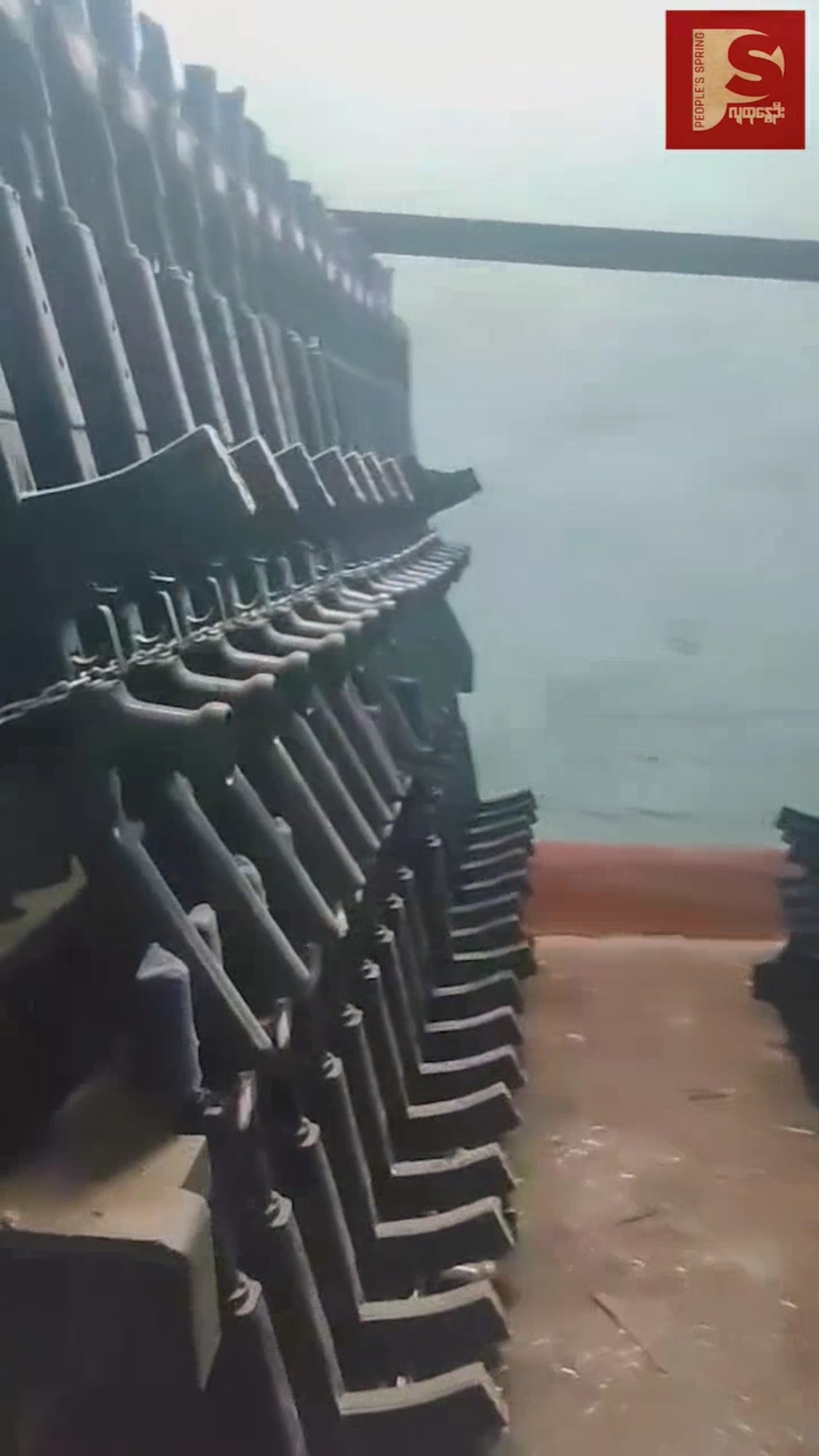

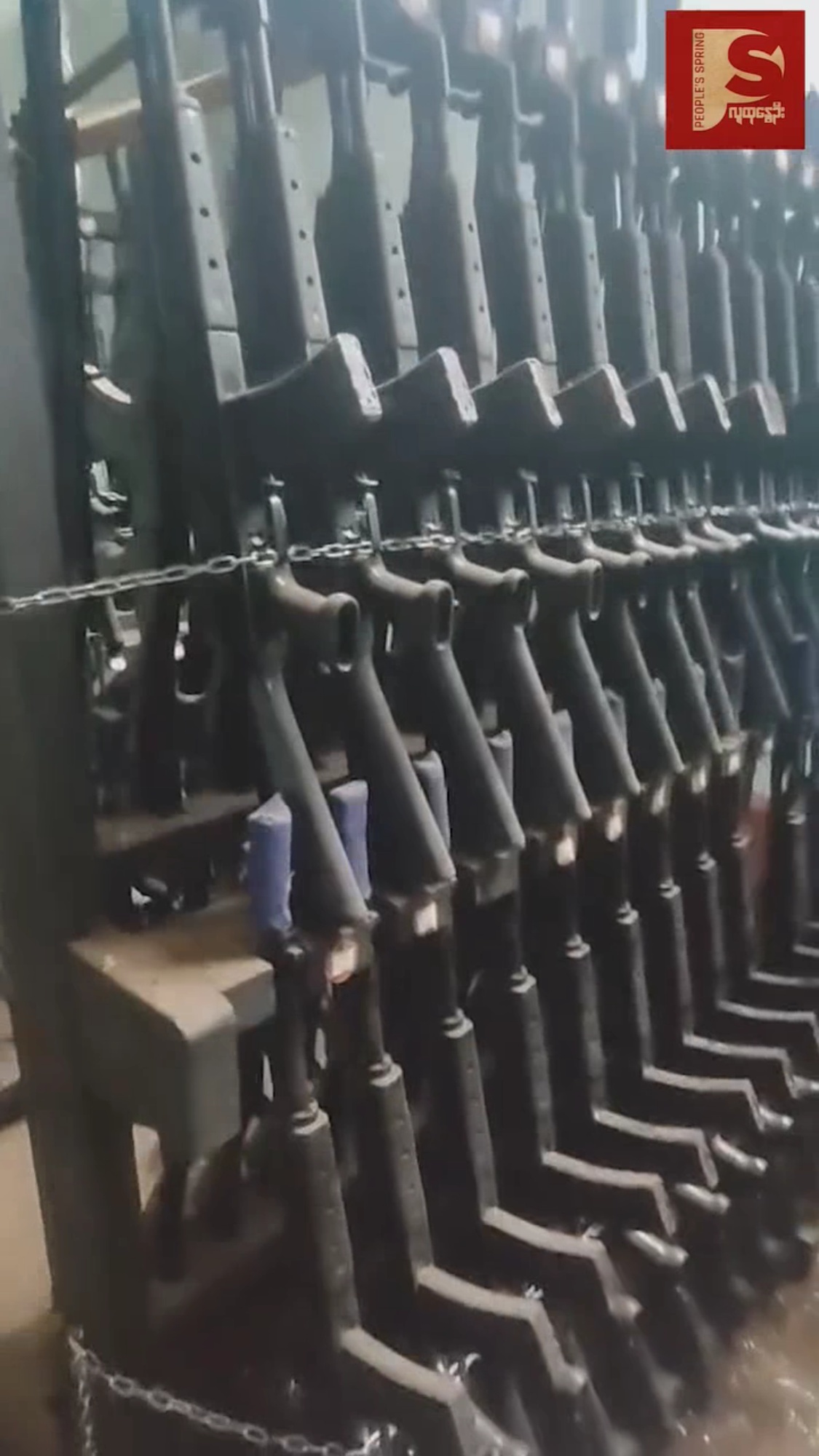

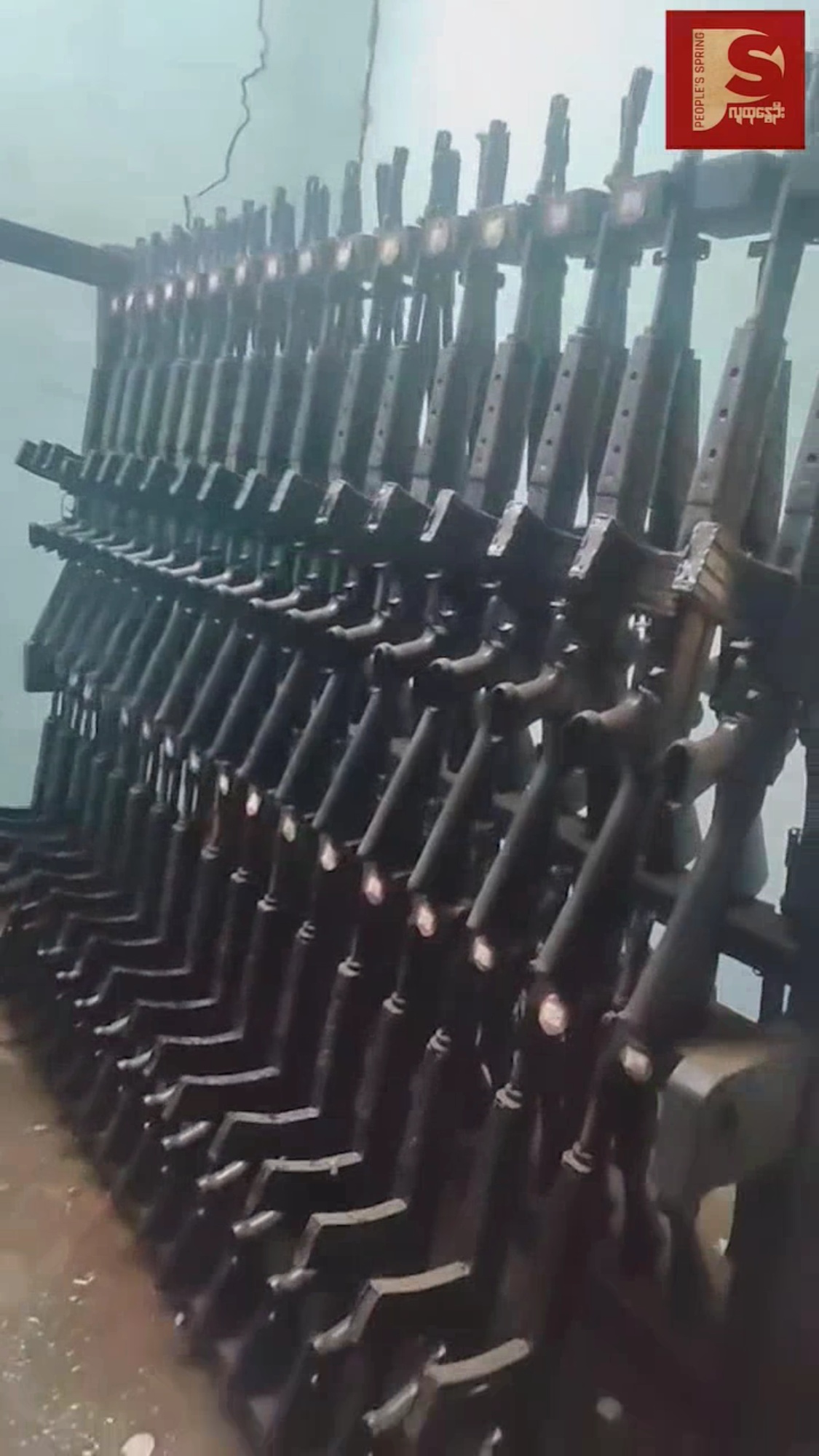
1. Leadership Commitment
Set the Example: Leadership should demonstrate a commitment to continuous improvement by actively participating and supporting improvement initiatives.
Communicate the Vision: Clearly communicate the importance of continuous improvement and its benefits to the organization.
Allocate Resources: Ensure adequate resources, including time, budget, and personnel, are allocated to continuous improvement efforts.
2. Employee Empowerment
Encourage Ideas: Create an environment where employees feel comfortable suggesting improvements without fear of criticism.
Involve Staff: Involve maintenance staff in decision-making processes and improvement projects to leverage their expertise and insights.
Recognition and Rewards: Implement a system to recognize and reward employees who contribute valuable improvement ideas.
3. Training and Development
Continuous Learning: Provide ongoing training programs focused on lean principles, problem-solving techniques, and new technologies.
Skill Development: Offer opportunities for maintenance staff to develop new skills that can enhance their performance and ability to innovate.
Mentorship Programs: Establish mentorship programs where experienced staff can guide and inspire less experienced colleagues.
4. Establish Improvement Teams
Cross-Functional Teams: Form cross-functional teams to work on specific improvement projects, bringing diverse perspectives and expertise.
Team Autonomy: Give teams the autonomy to experiment and implement changes, fostering a sense of ownership and accountability.
Regular Meetings: Hold regular meetings to discuss progress, challenges, and new ideas for improvement.
5. Implement a Structured Improvement Process
PDCA Cycle: Use the Plan-Do-Check-Act (PDCA) cycle for continuous improvement activities.
Plan: Identify areas for improvement and develop a plan.
Do: Implement the plan on a small scale.
Check: Evaluate the results and determine if the plan is successful.
Act: Standardize the successful improvements and integrate them into regular processes.
Kaizen Events: Organize regular Kaizen events focused on making incremental, continuous improvements in specific areas.
6. Encourage Open Communication
Transparent Communication: Foster a transparent communication culture where information flows freely between all levels of the organization.
Feedback Channels: Establish multiple channels for employees to provide feedback and suggest improvements.
Regular Updates: Provide regular updates on improvement initiatives, including successes, challenges, and next steps.
7. Use Data-Driven Decision Making
Performance Metrics: Identify and track key performance indicators (KPIs) relevant to maintenance efficiency and improvement efforts.
Data Analysis: Use data analysis to identify trends, pinpoint inefficiencies, and measure the impact of improvement initiatives.
Continuous Monitoring: Implement continuous monitoring systems to provide real-time feedback on performance and guide improvement efforts.
8. Foster a Problem-Solving Culture
Root Cause Analysis: Train employees in root cause analysis techniques to identify and address the underlying causes of problems.
Problem-Solving Tools: Provide access to problem-solving tools and techniques such as fishbone diagrams, 5 Whys, and brainstorming sessions.
Encourage Experimentation: Allow employees to experiment with new ideas and solutions, learning from both successes and failures.
9. Benchmarking and Best Practices
Internal Benchmarking: Compare performance across different teams or departments to identify best practices and areas for improvement.
External Benchmarking: Benchmark against industry standards and best practices to ensure the organization remains competitive.
Knowledge Sharing: Create platforms for sharing knowledge and best practices within the organization.
10. Celebrate Successes
Publicize Achievements: Publicly recognize and celebrate the successes of improvement initiatives to motivate employees and reinforce the importance of continuous improvement.
Storytelling: Share stories of successful improvements to inspire and encourage others to contribute.
Positive Reinforcement: Use positive reinforcement to build a culture where continuous improvement is valued and pursued by everyone.
By implementing these strategies, organizations can cultivate a culture of continuous improvement that drives ongoing enhancements in maintenance efficiency and overall operational performance.

Leave a Reply